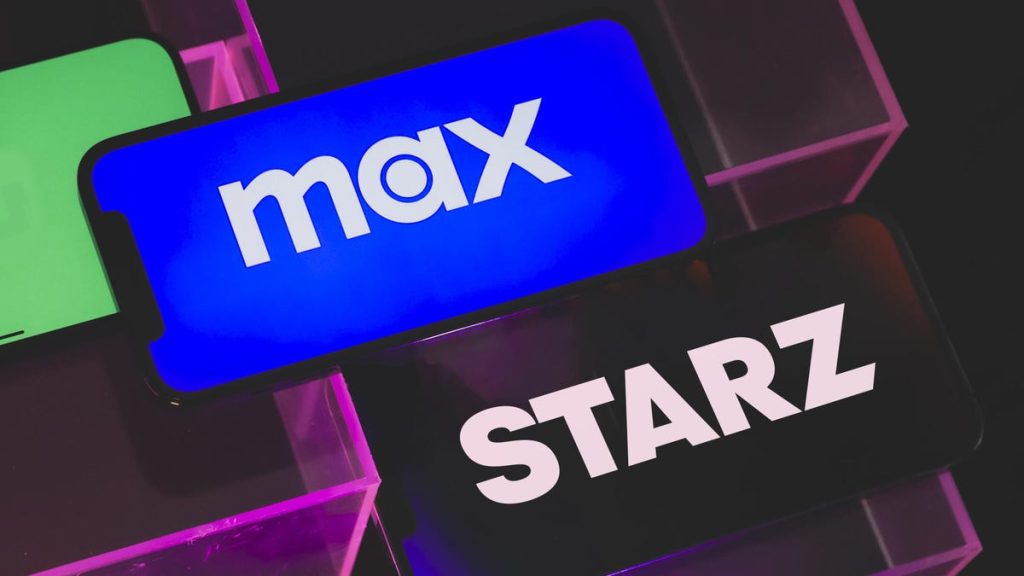The streaming landscape is evolving, with a renewed focus on bundled offerings to attract and retain subscribers. In a significant development, Starz and Warner Bros. Discovery’s Max streaming service have joined forces to offer a combined package, reflecting a broader trend in the industry. This partnership allows viewers to access both platforms’ content for a discounted price, providing a more comprehensive entertainment experience. This specific bundle, available exclusively through Prime Video in the US for a limited time, highlights the increasing importance of strategic alliances in the competitive streaming market. It allows consumers to streamline their subscriptions while accessing a wider range of content, potentially simplifying the often-overwhelming choices presented by numerous standalone streaming services.
The Starz-Max bundle offers a compelling combination of content. Starz contributes its original series, including popular titles like “Outlander,” “P-Valley,” and the “Power” franchise, alongside a selection of recent theatrical releases such as “John Wick 4,” “Spider-Man: No Way Home,” and “The Hunger Games: The Ballad of Songbirds & Snakes.” Max, on the other hand, brings a vast library of content from Warner Bros. Discovery’s portfolio, encompassing HBO, Warner Bros., DC, and HGTV. Subscribers gain access to acclaimed series like “The White Lotus,” “The Last of Us,” and “House of the Dragon,” along with a diverse film catalog featuring titles like “Beetlejuice,” “Dune,” “Barbie,” and A24’s “The Front Room.” This combination of premium cable offerings, blockbuster movies, and original programming caters to a broad audience, enhancing the bundle’s overall value proposition.
The financial aspect of the bundle further enhances its attractiveness. Individually, Starz and Max’s ad-free plans cost $11 and $17 per month, respectively, totaling $28. The bundled price of $21 represents a 25% saving, or $7 per month. This discount provides a significant incentive for consumers considering subscribing to either or both platforms, making the combined package a more economical choice. In a market where consumers are increasingly sensitive to subscription costs, such bundled discounts can play a crucial role in attracting and retaining subscribers.
This Starz-Max bundle through Prime Video is not an isolated incident; it forms part of a larger trend of streaming bundles emerging in 2025. Other examples include Vizio’s Starz-AMC Plus offer for $14 a month and DirecTV’s $70 sports package that streams games from channels owned by Fox, NBCUniversal, Disney, and WBD. These bundles reflect a strategic shift in the streaming industry, moving away from a fragmented landscape of individual subscriptions towards consolidated packages offering greater value and convenience. This trend is likely driven by several factors, including increasing competition, the rising cost of individual subscriptions, and consumer demand for simplified access to a broader range of content.
The proliferation of streaming bundles presents both opportunities and challenges for the industry. For consumers, bundles offer cost savings and simplified access to diverse content, potentially reducing subscription fatigue and improving the overall viewing experience. For streaming services, bundles can attract new subscribers, increase customer retention, and provide a competitive edge in a crowded market. However, the trend also raises concerns about potential limitations on consumer choice and the dominance of larger media conglomerates. As bundles become more prevalent, it’s crucial to ensure that consumers continue to have access to a diverse range of content and that smaller, independent streaming services can remain competitive.
The evolving streaming landscape underscores the dynamic nature of the entertainment industry. As consumer preferences and technological advancements continue to shape the market, streaming services must adapt and innovate to remain relevant. Bundled offerings like the Starz-Max package represent a significant step in this evolution, offering a potentially beneficial model for both consumers and providers. The success of these bundles will ultimately depend on their ability to deliver compelling content at competitive prices while maintaining a balance between convenience and consumer choice. The coming years will likely see further experimentation with different bundle configurations and pricing models as the streaming industry continues to navigate its path toward a more sustainable and consumer-centric future.

